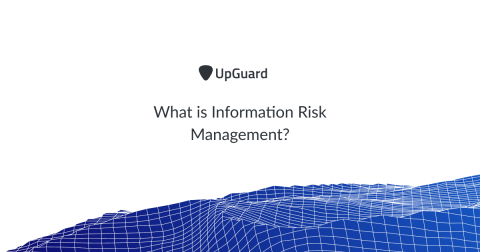Exposed internal database reveals vulnerable unpatched systems at Honda
Automotive giant Honda has shut down an exposed database that contained sensitive information about the security — specifically the weak points — of its internal network. Security researcher Justin Paine discovered the sensitive information after scouring the internet with Shodan, a specialist search engine which can be used to find exposed internet-enabled devices such as webcams, routers and IP phones.









